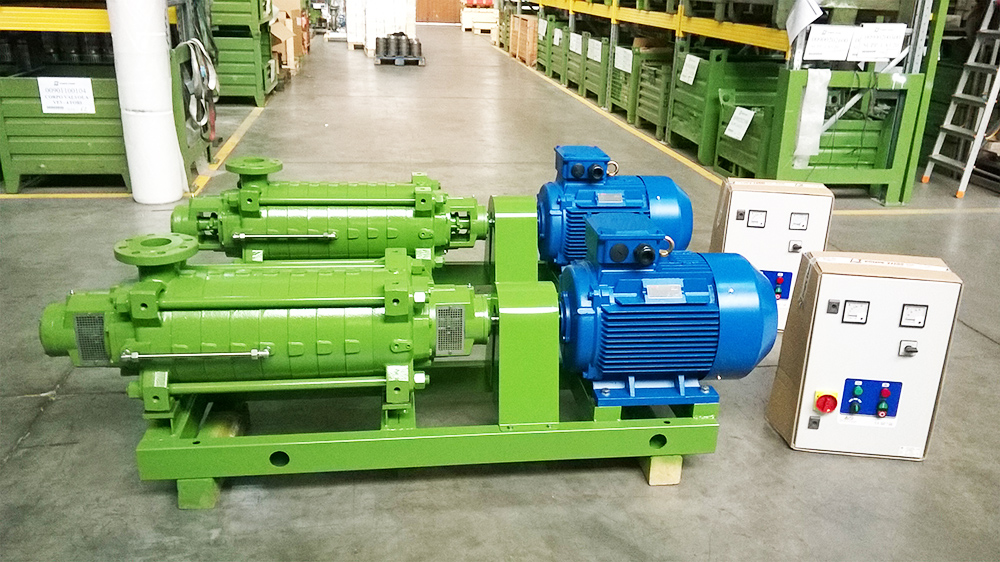Electric hydraulic pumps: what they are and the advantages they offer
Electric hydraulic pumps are special mechanical devices that can move liquid vertically and horizontally depending on the different requirements. Hydraulic pumps differ for the motive force that drives them, and these include pumps that are electrically operated. So let’s look at the features, advantages and main types of these devices, which are extremely useful in a number of different sectors.
What are electric hydraulic pumps?
The main characteristics of electric hydraulic pumps that should always be taken into account are the flow rate and head. Depending on the type of use and the specific requirements of the area in which the device is used, we can choose the pump that meets our needs.
Let’s take a closer look at what is meant by flow rate and head.
- Flow rate: is the quantity of water, or liquid, moved by a pump in a unit of time. It therefore expresses the ratio between volume and unit of time, generating a litre/minute value.
- Head: is the maximum height that a pump can move fluid against gravity and is indicated in metres. This characteristic is fundamental in order to know if the pump is right for our application.
Specifically, the operation is generated by a motor which is this case is electric.
The advantages of electric hydraulic pumps
These fluid moving devices are helpful in a number of different areas. Consider the need in agriculture to move large quantities of water for irrigating fields, but there are other applications. Electric hydraulic pumps are also indispensable in the oil, chemical, and metal industries.
This is obviously because they offer a number of advantages:
- recovering water in a well and bringing it to the surface
- recirculation of liquid to specific pipes
- cleaning water inside a swimming pool
- moving water form a cistern to individual houses
- desalination of water by means of hydraulic pressure.
Main types
There are different types of electric hydraulic pumps depending on the type of use. Below we list the most important features that define the main models and the individual uses.
- Centrifugal pumps: are used to apply more pressure to the water and to convey water to or from a tank, to supply an autoclave, for pressure washing systems, for filling tanks and swimming pools, for irrigation, as well as all other needs related to simple level movement or pressurisation.
- Submersible pumps: are used for extracting and pumping from the subsoil and at the same time providing pressure at the outlet, in order to supply a column of water in a vertical direction. They are equipped with a watertight motor that allows them to be installed submerged in the liquid, even at considerable depths.
- Self-priming pumps: combine the function of centrifugal pumps and submersible pumps. They are used for extracting and pumping liquids from the subsoil and at the same time to give pressure at the outlet. They are mainly installed near a well.
- Immersible pumps: are used for extracting and pumping liquid from tanks or swimming pools. One of the most common uses is for emptying flooded garages or cellars or for septic tanks. They are equipped with watertight motors in order to be immersed and are able to push sludge or sewage in a vertical direction.



